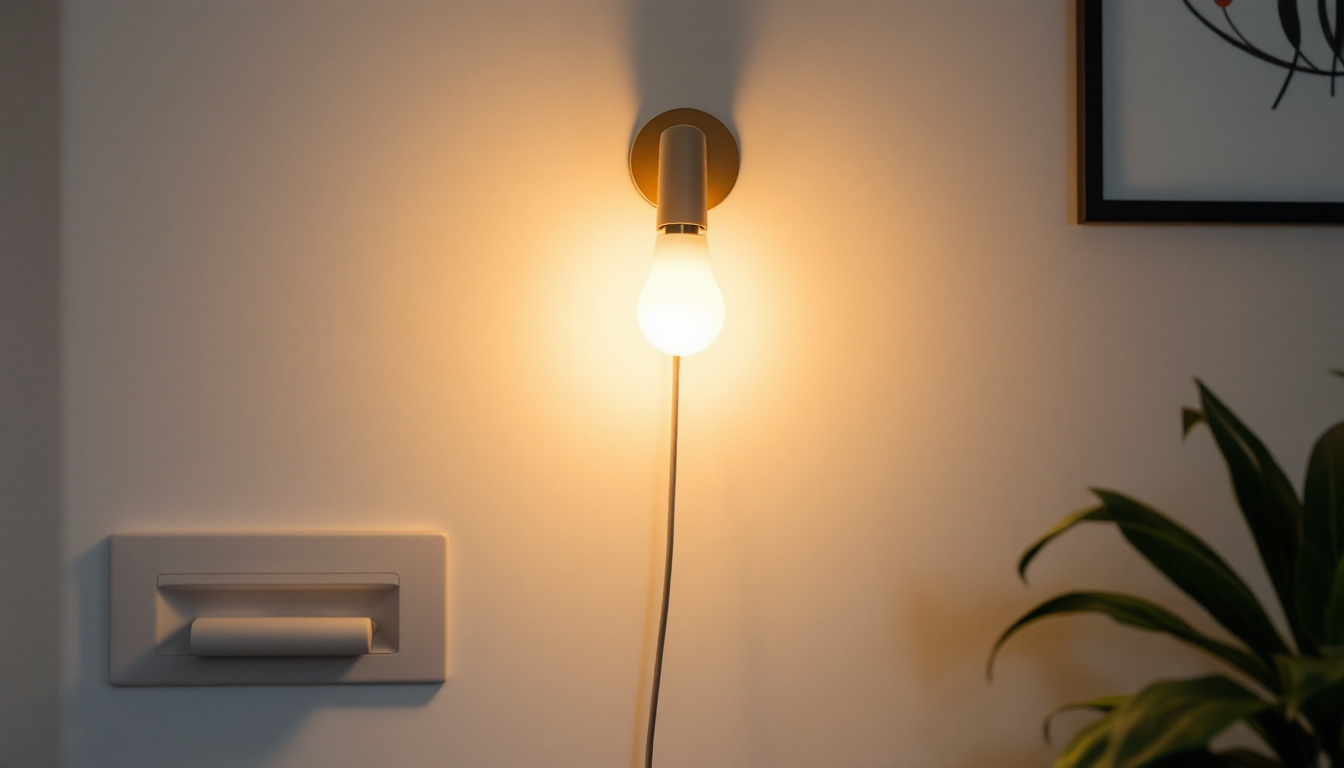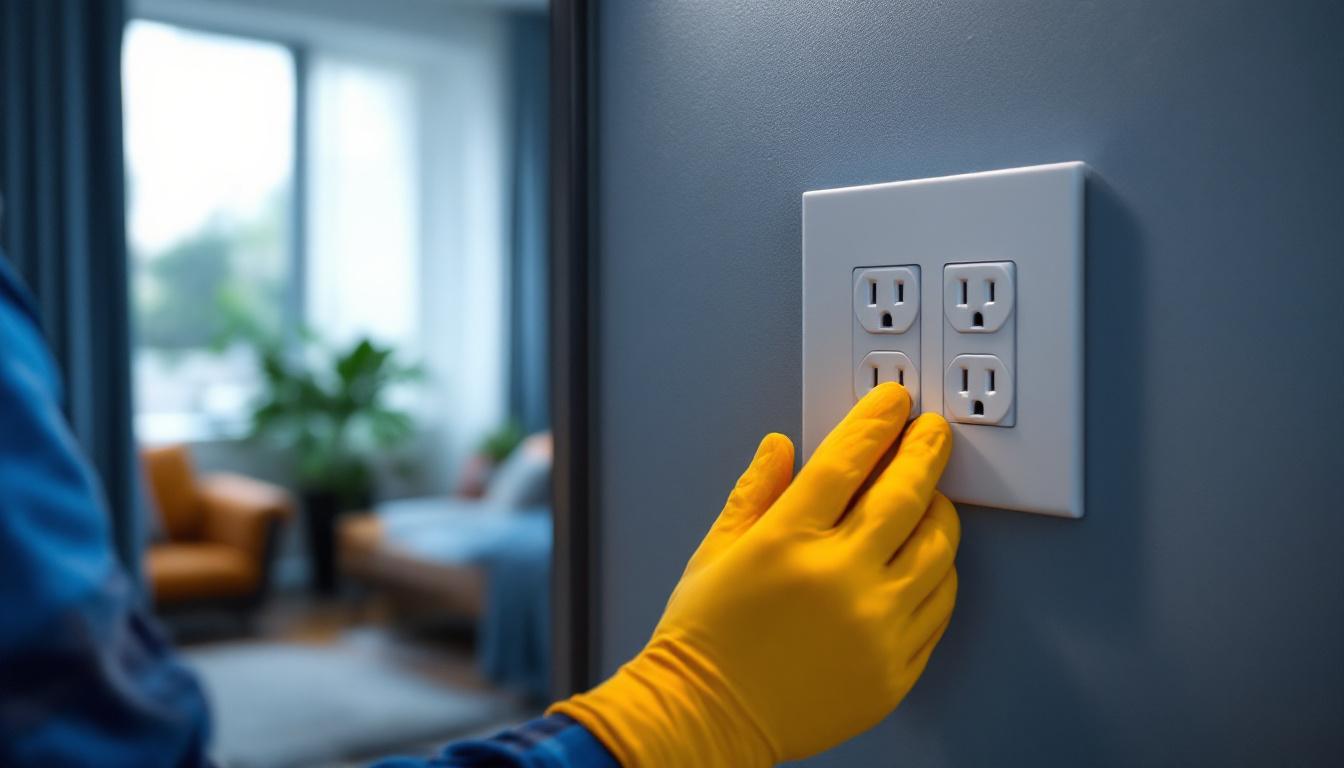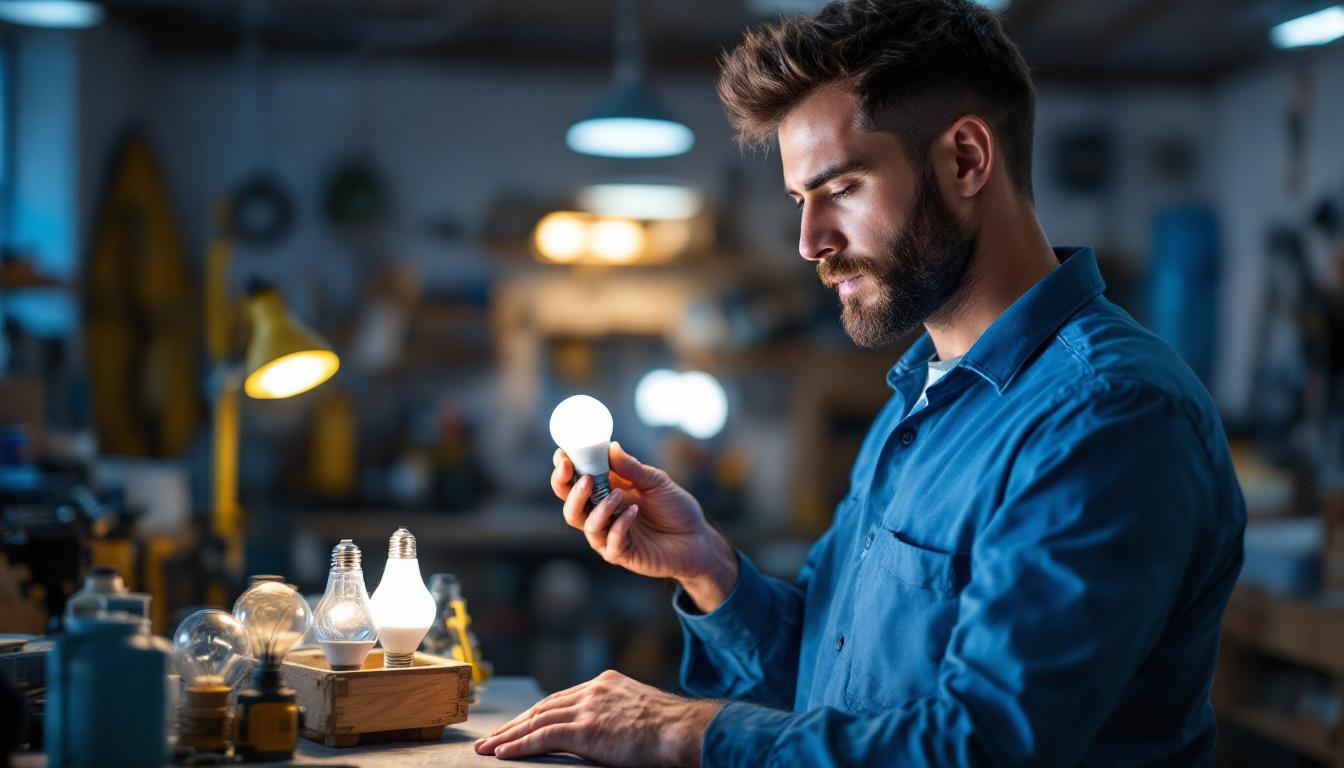
As the demand for versatile and easily installable lighting solutions grows, plug-in light fixtures for walls have become increasingly popular among homeowners and contractors alike. These fixtures offer the convenience of not requiring hardwiring, making them an attractive option for various settings. However, while they present numerous advantages, there are also pitfalls that lighting contractors must be aware of to ensure successful installations. This guide will explore the essential considerations and common mistakes to avoid when working with plug-in light fixtures.
Plug-in light fixtures are designed to be connected to a standard electrical outlet, eliminating the need for complex wiring. This feature makes them ideal for renters or those looking for temporary lighting solutions. They come in various styles, including wall sconces, pendant lights, and even some types of recessed lighting. With a wide array of designs available, it’s easy to find a plug-in fixture that complements any decor, from modern minimalist to vintage chic.
One of the primary benefits of these fixtures is their flexibility. They can be easily moved or replaced without the need for professional electrical work. However, this convenience comes with its own set of challenges that contractors must navigate. For instance, while plug-in fixtures can be repositioned to suit changing design needs or preferences, it’s essential to ensure that the aesthetic remains cohesive and that the lighting effectively serves its intended purpose.
When selecting plug-in light fixtures, understanding the different types available is crucial. Wall sconces are among the most popular options, often used to create ambient lighting or highlight specific areas within a room. These fixtures can be installed at various heights to achieve different lighting effects, making them versatile for both functional and decorative purposes. Pendant lights can also be plugged in, providing a stylish option for dining areas or kitchens. They can serve as statement pieces that draw the eye and add character to a space.
In addition to these, there are also plug-in wall-mounted lamps that can serve as reading lights or task lighting. These lamps often feature adjustable arms or shades, allowing users to direct light precisely where it is needed. Each type has its unique installation requirements and aesthetic considerations, which should be taken into account during the selection process. For example, the choice of bulb can significantly impact the ambiance, with options ranging from warm incandescent to energy-efficient LED, each providing a different quality of light.
Proper installation is key to maximizing the benefits of plug-in light fixtures. While they are generally easier to install than hardwired options, there are still several factors to consider. First, the location of the outlet is critical. Ensure that the outlet is accessible and positioned appropriately for the fixture’s intended use. This might involve measuring the height of furniture or the layout of the room to determine the best placement for both functionality and aesthetics.
Another important aspect is the length of the cord. Some fixtures may require an extension cord, which can lead to safety hazards if not managed properly. Always use cord covers or clips to secure the cord along walls or baseboards, minimizing tripping hazards and maintaining a clean appearance. Additionally, consider the color and texture of the cord; some manufacturers offer decorative cords that can enhance the overall look of the fixture. By thoughtfully addressing these installation details, you can ensure that your plug-in light fixtures not only illuminate your space effectively but also contribute to a polished and intentional design.
Even experienced contractors can encounter challenges when installing plug-in light fixtures. Being aware of common pitfalls can help avoid costly mistakes and ensure a smooth installation process.
Safety should always be a top priority when working with electrical fixtures. One common mistake is neglecting to follow local electrical codes and safety standards. Ensure that the fixtures used are rated for the intended environment, especially in areas prone to moisture, such as bathrooms or kitchens.
Additionally, using fixtures with the appropriate wattage is essential. Overloading an outlet can lead to overheating and potential fire hazards. Always check the manufacturer’s specifications and adhere to recommended wattage limits. It’s also wise to install fixtures that come with built-in safety features, such as surge protection or automatic shut-off mechanisms, to further safeguard against electrical mishaps.
While functionality is important, aesthetics should not be overlooked. Plug-in light fixtures should complement the overall design of the space. Choosing fixtures that clash with the room’s decor can detract from the intended ambiance.
When selecting fixtures, consider the color, material, and style. A modern fixture may not suit a rustic setting, while a vintage piece might look out of place in a contemporary environment. Taking the time to choose the right fixtures can significantly enhance the overall appeal of the space. Additionally, think about how the light emitted from the fixture interacts with the surrounding decor. Warm-toned bulbs can create a cozy atmosphere, while cooler tones might lend a more clinical feel, influencing how the space is perceived.
Placement is crucial for maximizing the effectiveness of plug-in light fixtures. Many contractors make the mistake of installing fixtures without considering their impact on the room’s lighting scheme. Poor placement can lead to inadequate illumination or create unwanted shadows.
Before installation, assess the room’s layout and determine the best locations for the fixtures. Consider factors such as the height of the ceiling, the size of the room, and the intended use of the space. Proper placement can transform a room, providing both functional and aesthetic benefits. For instance, in a reading nook, positioning a plug-in fixture at eye level can provide optimal lighting for reading without straining the eyes. Moreover, using multiple fixtures to create layers of light can enhance the room’s depth and warmth, making it feel inviting and well-designed.
As technology continues to evolve, integrating smart solutions into plug-in light fixtures can enhance their functionality. Smart lighting systems allow for remote control, scheduling, and even voice activation, providing added convenience for homeowners.
When recommending plug-in fixtures, consider offering options that are compatible with smart home systems. This can be a selling point for many clients, as they seek to enhance their living spaces with modern technology. Additionally, smart solutions can help reduce energy consumption, appealing to environmentally conscious consumers.
While plug-in fixtures do not require hardwiring, understanding the wiring and control options available can help contractors provide better solutions. Some fixtures come with built-in dimmers or smart controls, allowing users to adjust the brightness according to their needs.
When installing these fixtures, ensure that the control options are easily accessible. If a fixture has a remote control, make sure the user knows how to operate it effectively. Providing clear instructions can enhance the user experience and minimize confusion.
Accessories can significantly improve the functionality and appearance of plug-in light fixtures. For instance, using decorative cord covers can help conceal unsightly cords and create a more polished look. Additionally, wall-mounted switches can provide a more permanent solution for controlling the lights without relying solely on the plug.
Consider recommending these accessories to clients as part of the installation process. Offering a complete lighting solution can enhance customer satisfaction and lead to potential referrals for future projects.
Proper maintenance is essential for ensuring the longevity of plug-in light fixtures. While they may not require the same level of upkeep as hardwired fixtures, regular care can prevent issues and maintain their appearance.
Dust and dirt can accumulate on light fixtures over time, affecting their performance and aesthetic appeal. Regular cleaning is necessary to keep them looking their best. Use a soft cloth to wipe down the fixture, and avoid using harsh chemicals that could damage the finish.
For fixtures with glass components, ensure they are cleaned regularly to maintain optimal light output. A simple solution of warm water and mild soap can effectively remove grime without causing damage.
Even plug-in fixtures can experience electrical issues over time. It is advisable to periodically check the cords and plugs for any signs of wear or damage. If any fraying or exposed wires are detected, the fixture should be replaced immediately to prevent safety hazards.
Encourage clients to be proactive about their lighting maintenance. Providing them with a checklist of items to inspect can help ensure the longevity and safety of their plug-in light fixtures.
Plug-in light fixtures for walls offer a practical and stylish solution for a variety of lighting needs. However, lighting contractors must be aware of the potential pitfalls associated with their installation and use. By understanding the types of fixtures available, avoiding common mistakes, and implementing smart solutions, contractors can provide exceptional service to their clients.
Ultimately, the key to successful installations lies in careful planning, attention to detail, and a commitment to safety and aesthetics. By following the guidelines outlined in this guide, contractors can enhance their reputation and ensure that their clients enjoy the benefits of well-placed, functional, and beautiful lighting solutions.
Ready to elevate your lighting projects with the highest quality plug-in fixtures? Look no further than LumenWholesale, where we offer an exceptional range of spec-grade lighting products at wholesale prices that simply can’t be beaten. Our commitment to quality and affordability ensures that you can provide your clients with reliable, high-performance lighting without the burden of inflated costs. Plus, with the convenience of free shipping on bulk orders, you can enjoy the best value in lighting without any hidden fees. Don’t compromise on quality or price. Visit LumenWholesale today and experience the ideal combination of quality, affordability, and convenience for all your lighting needs.

Discover essential tips and best practices for lighting contractors when installing duplex wall outlets.

Discover the essential guide for lighting contractors on selecting the perfect tanning bed replacement bulbs.

Discover the key differences between LED and fluorescent lighting in this comprehensive guide for contractors.

Discover essential tips for lighting contractors in “Post And Light: Avoid These Mistakes.” Learn how to sidestep common pitfalls and enhance your projects with expert advice on installation, design, and maintenance..